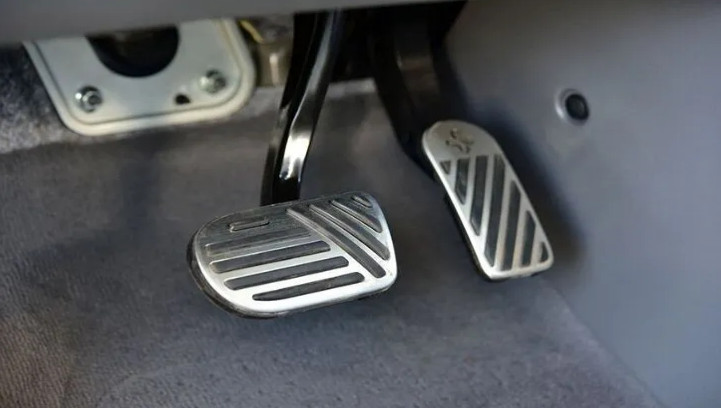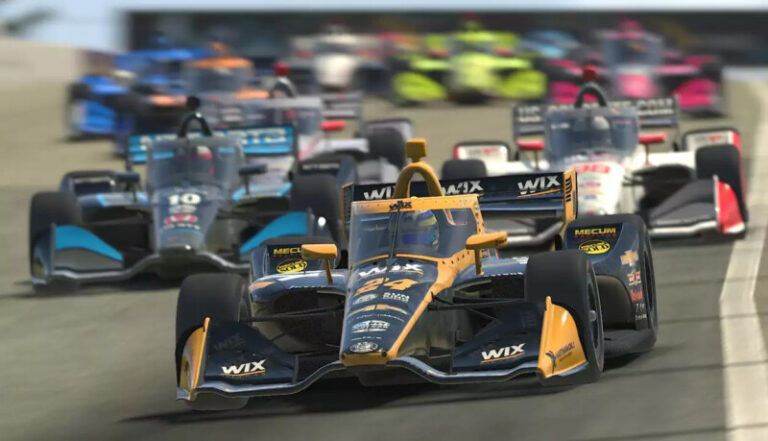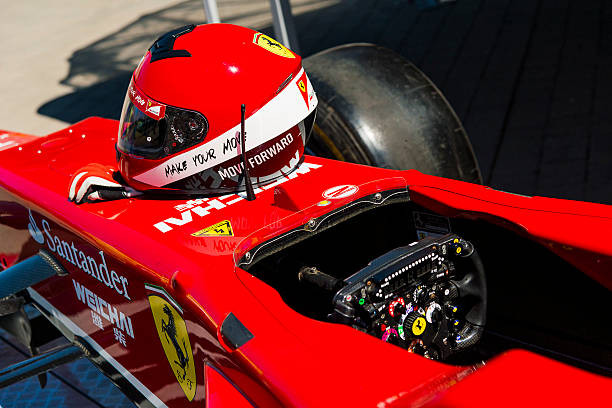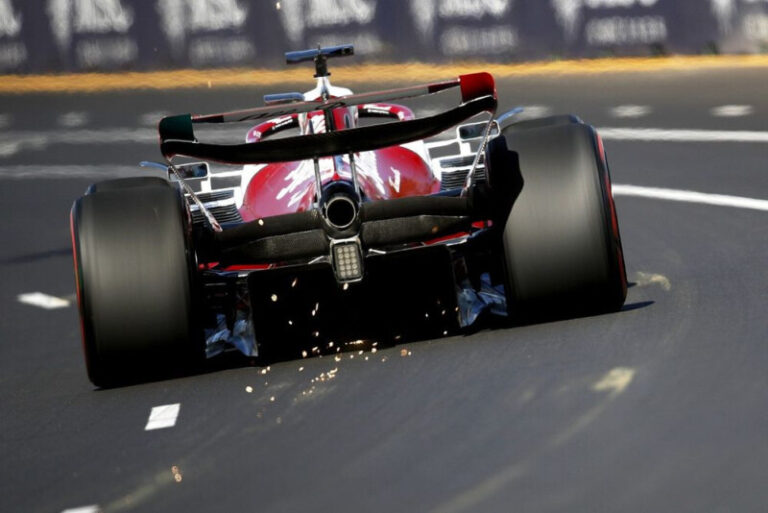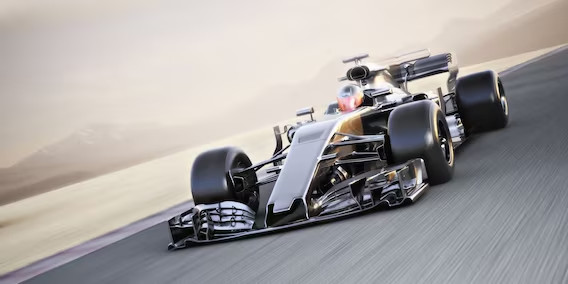Do Automatic Cars Have a Clutch?
As a driver, I’m sure you’ve noticed the ongoing debate around automatic and manual transmissions. Some people love the control and engagement of driving a manual car, while others prefer the ease and simplicity of letting an automatic transmission take care of the gear changes. But when you get in an automatic car, you’ll notice the lack of a clutch pedal and traditional gear stick. So do automatic cars have a clutch at all?
The short answer is: some do, but most don’t. In this article, I’ll walk you through the key differences between manual and automatic transmissions, explain how automatics work, and discuss the different types of automatic gearboxes. By the end, you’ll have a solid understanding of why most automatic cars today don’t need a clutch.
The Absence of a Clutch Pedal in Automatic Cars
When you drive a manual transmission vehicle, you use the clutch pedal to disengage the engine from the transmission when you want to change gears. But in an automatic transmission car, there’s no need for a clutch pedal. The transmission handles gear changes automatically, without any driver input.
That’s why you’ll notice automatic cars have just two pedals – brake and accelerator. The gear shifter is simply used to switch between Park, Reverse, Neutral and Drive. Without a clutch pedal to worry about, driving an automatic is much simpler.
But while the clutch pedal is absent, some automatics do still use an internal clutch as part of the gearbox design. Let’s look at how they work.
The Role of Clutches in Automatic Transmissions

The key difference between manual and automatic transmissions comes down to how the gears are changed. In a manual, the driver operates the clutch and changes gears by moving the shifter. But in an automatic, everything happens automatically, controlled by the transmission itself.
Some types of automatic transmission use a special component called a torque converter instead of a clutch. We’ll discuss that shortly. But others do actually have physical clutches built into the gearbox – they just operate without any input from the driver.
So in that sense, some automatics do still use clutches to change gears. The difference is that the clutch engages and disengages automatically based on driving conditions, rather than using a pedal.
How Do Automatic Transmissions Work?
To understand why some automatics have clutches while others don’t, we need to look at how they work. There are some key differences compared to manual transmissions:
- Planetary gearsets – Automatics use planetary gearsets rather than traditional gear pairs. The gearset is about the size of a cantaloupe and uses a sun gear, planet gears and a ring gear to create all the gear ratios.
- No gear stick – The gear lever in an automatic doesn’t mechanically change gears. It simply tells the transmission computer which mode to use.
- Torque converter – Most conventional automatics use a fluid coupling called a torque converter instead of a mechanical clutch.
Here’s what happens when you put the car into Drive:
- The torque converter couples the engine output to the transmission input shaft. It allows the engine to spin somewhat independently of the transmission.
- The planetary gearset creates different gear ratios automatically based on speed and throttle position.
- Internal clutches and bands engage and disengage as needed to shift between these gear ratios smoothly.
So while the driver doesn’t operate a clutch pedal, some automatics do use clutches internally as part of the gear change process.
Different Types of Automatic Transmissions
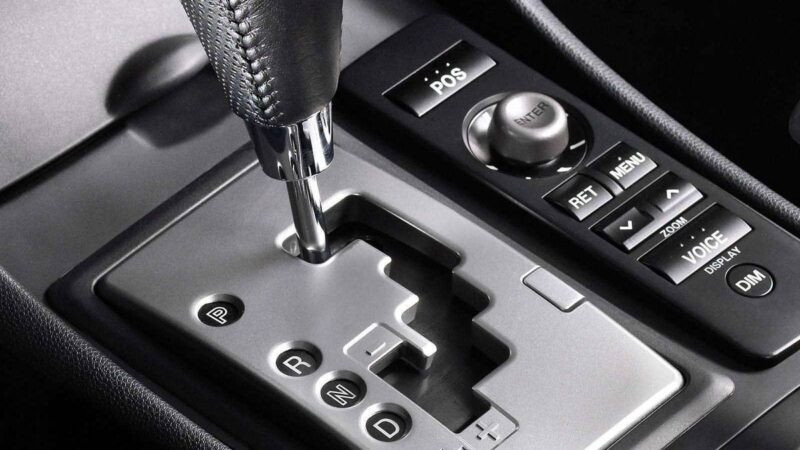
There are actually several types of automatic transmissions, and they use clutches in different ways:
- Conventional automatics – These are the most common. They use a torque converter and planetary gearsets with clutches for gear changes.
- Dual-clutch transmissions (DCTs) – These have two clutches, one for odd gears and one for even. DCTs shift very quickly by pre-selecting the next gear.
- Continuously variable transmissions (CVTs) – CVTs don’t have fixed gears. Instead, they use a pulley system and belt to provide an infinite range of ratios.
- Automated manual transmissions – These operate like manual transmissions, except the computer controls the clutch instead of the driver.
So you can see that some types of automatics like CVTs don’t use a clutch at all. But others like dual-clutch transmissions have multiple clutches to enable their fast shifting.
The Pros and Cons of Automatic Transmissions
Now that we understand the internals, let’s look at some of the key advantages and disadvantages of automatic transmissions:
Advantages:
- Easier to drive, especially in stop-and-go traffic
- Improved safety as both hands stay on the wheel
- Smoother gear changes and better performance
- Higher torque capacity and faster acceleration
Disadvantages:
- Can cost more than equivalent manual transmissions
- Lower fuel efficiency in some models
- Repairs can be more complex and expensive
- Lack of driver control compared to manuals
So while automatics make driving easier in many situations, the trade-off is higher cost and complexity compared to a manual gearbox.
Semi-Automatic Transmissions
In addition to fully automatic and manual transmissions, some vehicles use a semi-automatic transmission (also known as an automated manual).
These gearboxes operate much like a regular manual, except an actuator and hydraulic motor are used in place of the clutch pedal and gear lever. You can drive in fully automatic mode, or switch to manual mode and control the shifts yourself.
Semi-automatic transmission benefits include:
- More fuel efficient than a regular automatic
- Dual manual and automatic modes
- Faster shifting than manuals
But there are also some downsides to consider:
- Can be jerky in stop-start traffic
- Learning curve for those used to regular automatics
- Extra cost compared to a manual gearbox
Overall, semi-automatics give you flexibility if you want the efficiency of a manual but the ease of an auto.
Electric Cars Don’t Have Transmissions
One type of car that doesn’t have a transmission at all is an electric vehicle. That’s because electric cars use one or more electric motors to power the wheels directly.
Without an internal combustion engine, EVs don’t need multiple gears. The motor provides full torque from a stop, so multispeed transmissions are unnecessary.
Some EVs allow you to select forward or reverse gears using the shift lever. But there’s no physical gearbox involved – it simply changes the spin direction of the motor.
So if you’re considering an electric vehicle, you don’t need to worry about manual vs automatic transmissions at all!
To Sum Up:
- Manual transmissions use a clutch pedal and gear shifter operated by the driver to change gears mechanically.
- Automatic transmissions change gears electronically based on driving conditions, without driver input.
- Most automatic cars lack a clutch pedal since gear changes are handled internally.
- Some types of automatics use internal clutches to change gears, while others use a torque converter.
- Understand the pros and cons before choosing manual vs auto.
- Semi-automatic gearboxes offer flexibility by combining manual and auto operation.
- Electric vehicles don’t need transmissions at all.
I hope this overview has helped explain the difference between manual and automatic transmissions. While automatic cars lack a physical clutch pedal, some do use clutches internally as part of the gear change mechanism. Knowing how they work can help you make an informed decision when purchasing your next vehicle.

